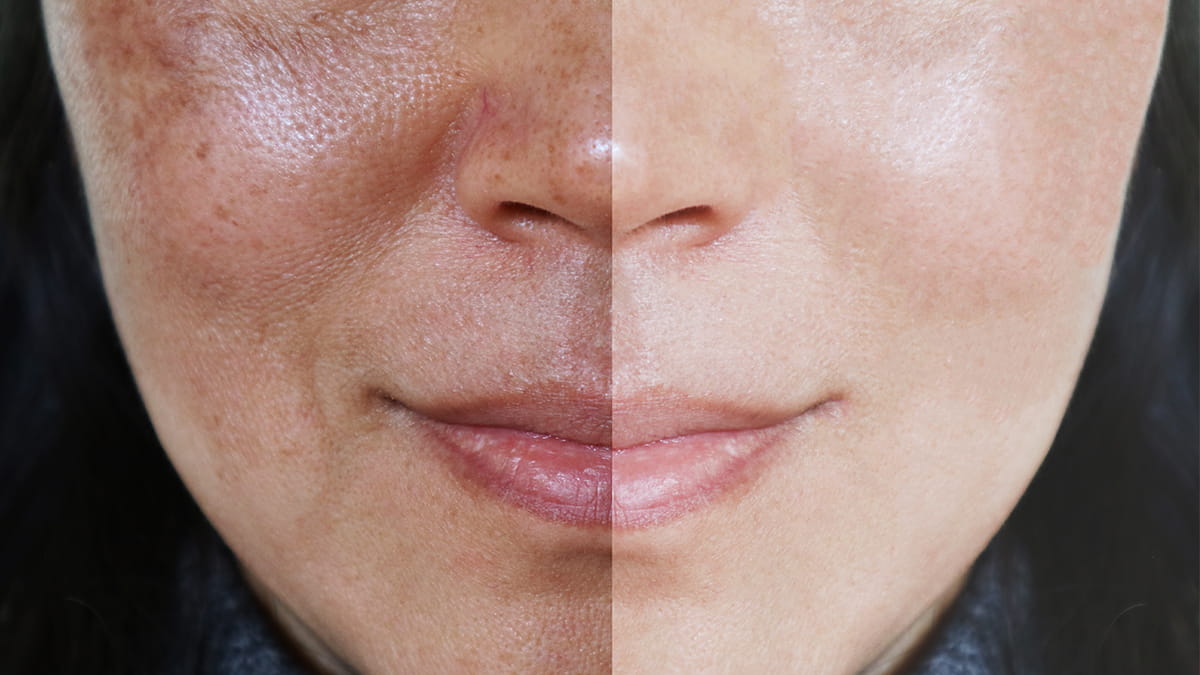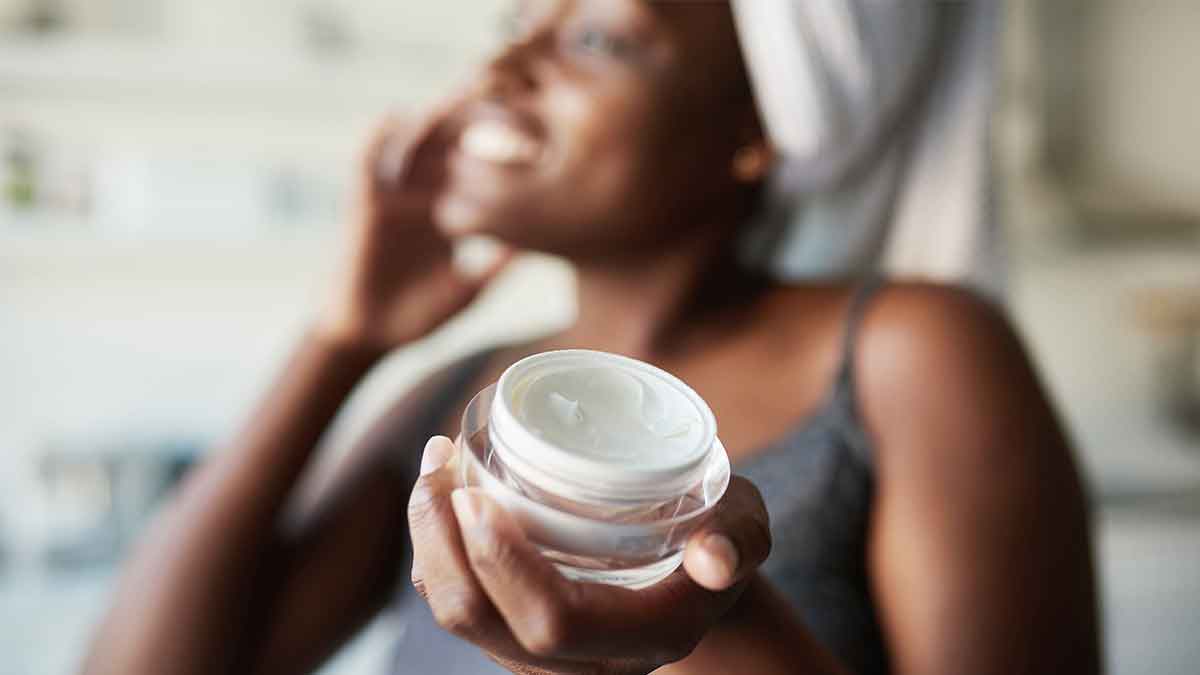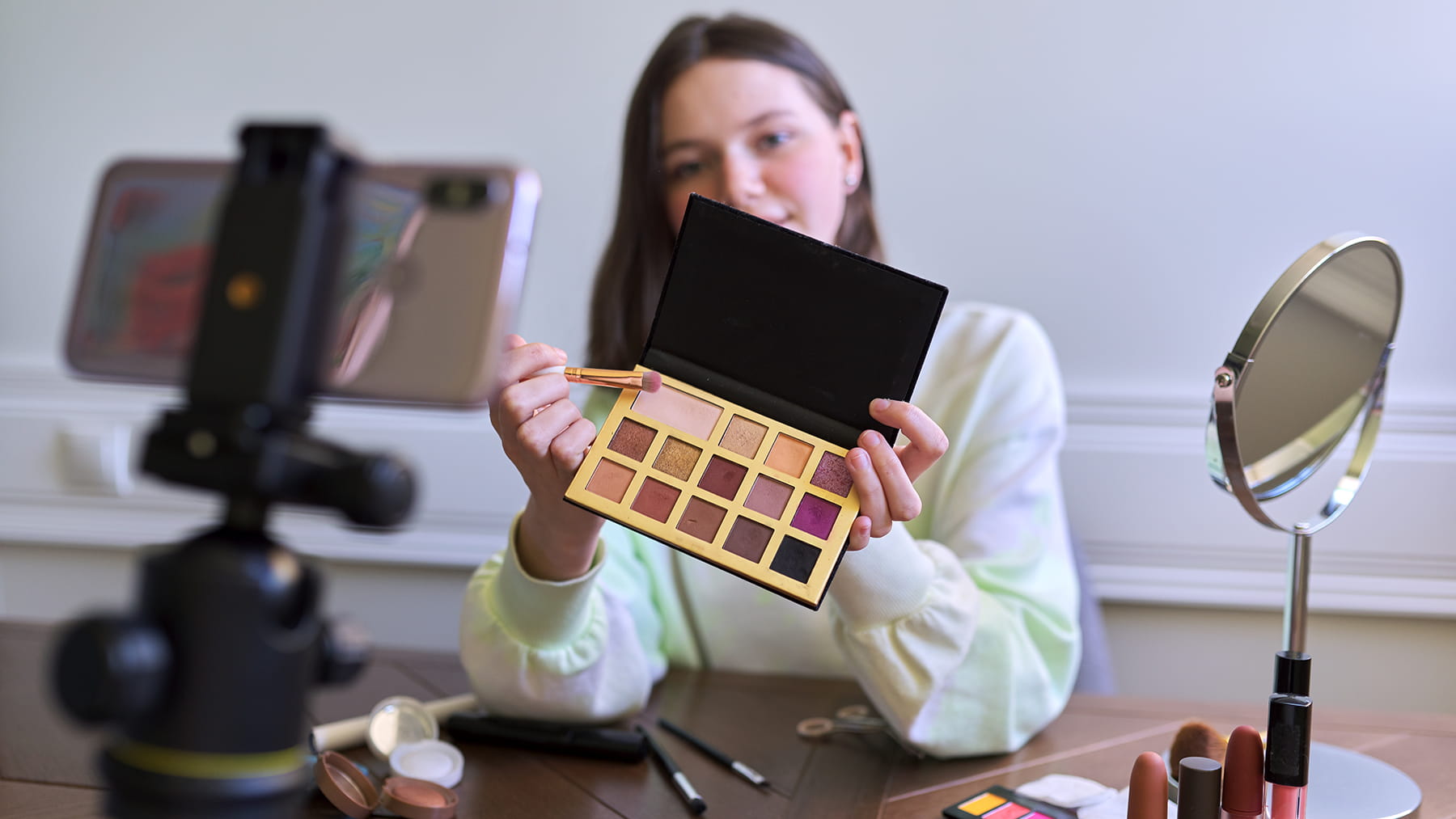Are bath bombs good for skin? The dermatologist verdict

Bath bombs seem to be all the rage, especially among tweens and teens. And who can blame them? Who wouldn’t love a warm, fizzy, relaxing bath after a long day? But, from a dermatology perspective, the jury is in and we give bath bombs a thumbs down.
Common bath bomb ingredients include baking soda, cornstarch, citric acid and essential oils, along with additives such as fragrance, dyes/coloring and glitter. Individually, they aren’t too problematic, but when mixed together and concentrated, they could cause issues:
- Synthetic fragrances and artificial dyes can cause skin irritation, especially for those with allergies to these ingredients and those with underlying skin conditions, such as eczema.
- Soaking in hot water for extended periods of time with fragrances and dyes can aggravate the skin, resulting in red, itchy rashes.
- Some women may even experience vaginal irritation as a result of sitting in the bath. There’s a delicate pH balance within the vagina, and it’s best not to disrupt it with products that can alter the natural vaginal pH.
If you like to use bath bombs, avoid ones with a lot of fragrance, color and additives such as glitter – basically, the main components that make them fizzy, colorful and fun. To check for potential irritation prior to use, you can do your own at-home patch test by rubbing the bath bomb on an area of skin to see if it causes any skin irritation with exposure.
Should you experience irritation or a rash after bathing with a bath bomb, avoid using the same product in the future. Skin irritation from these products is self-limited and should resolve within a week’s time.
The best rule of thumb is to enjoy the relaxation of a bath just filled with water.
Susan Massick is a dermatologist at The Ohio State University Wexner Medical Center. You can find her on Twitter: @SusanMassickMD




